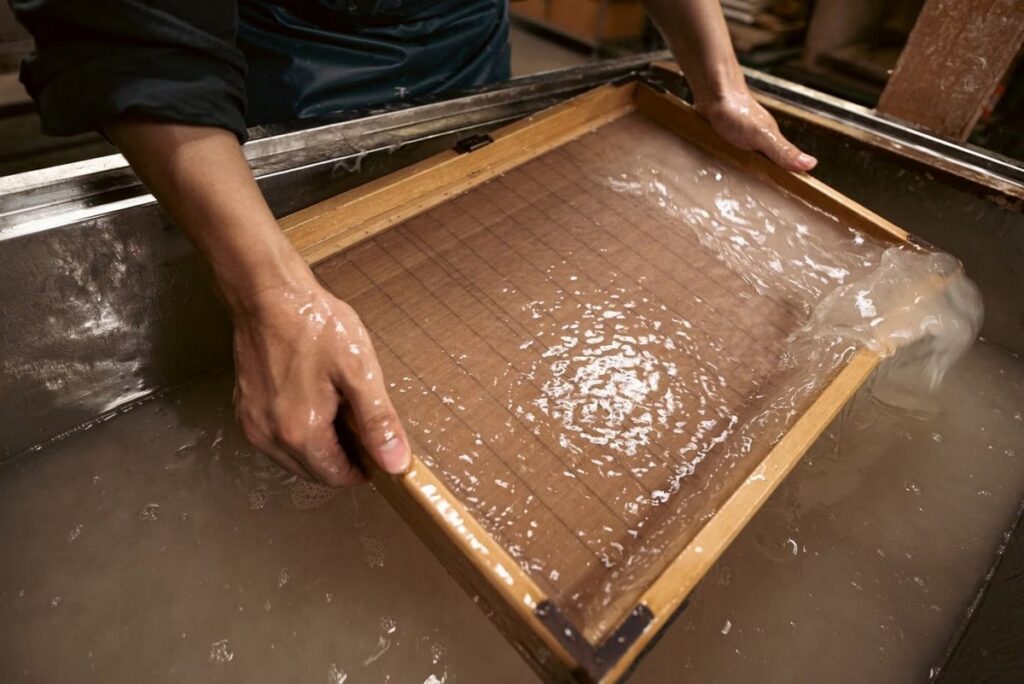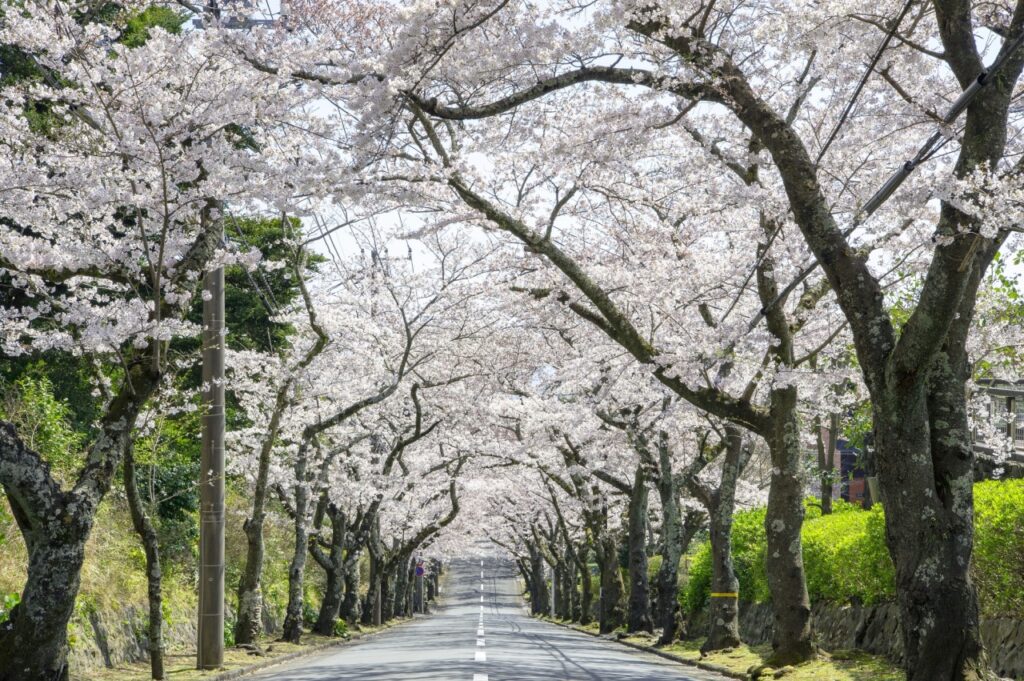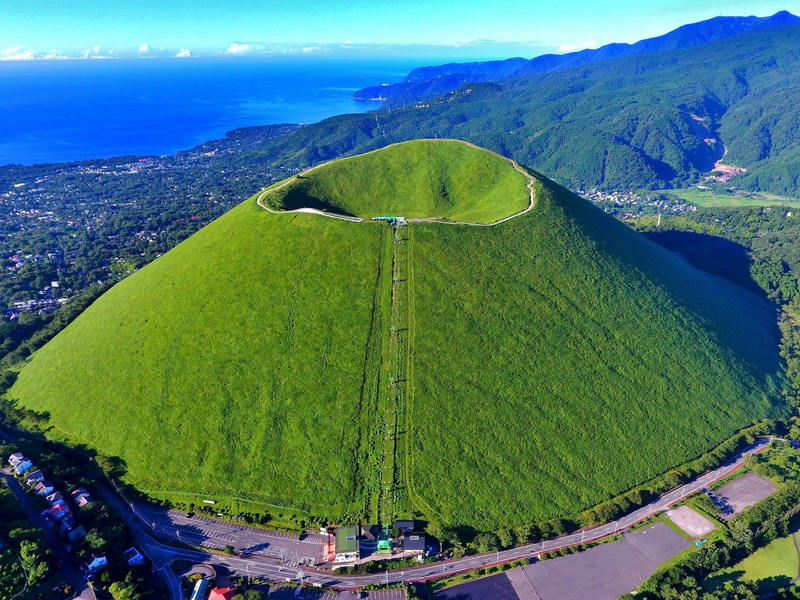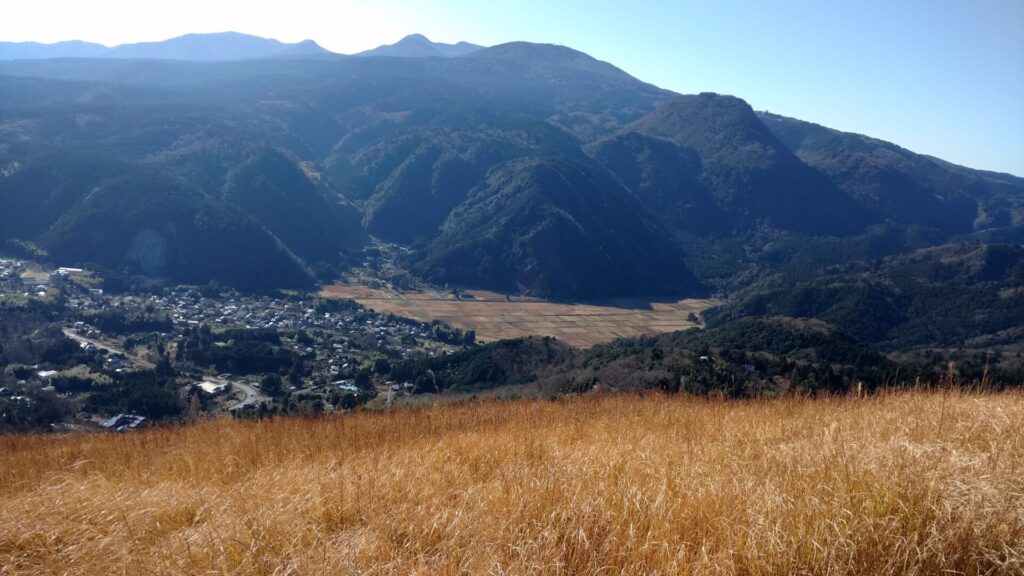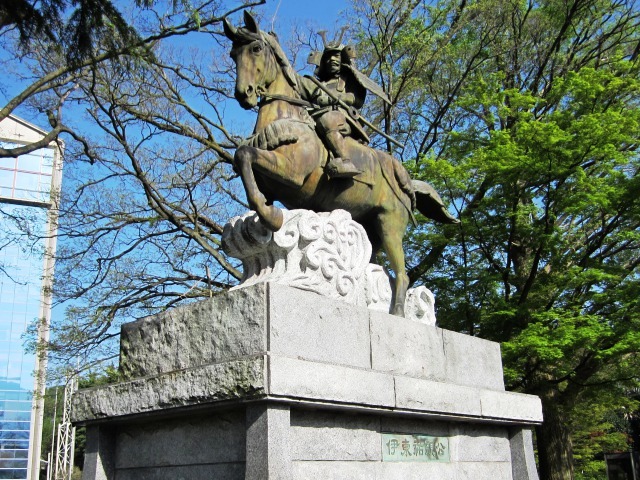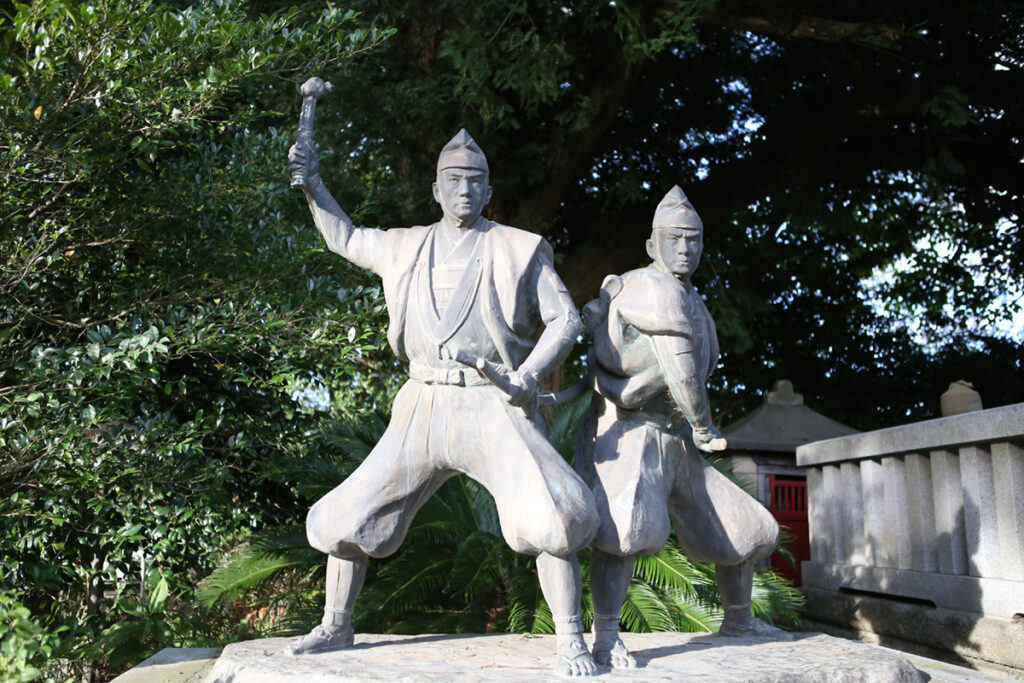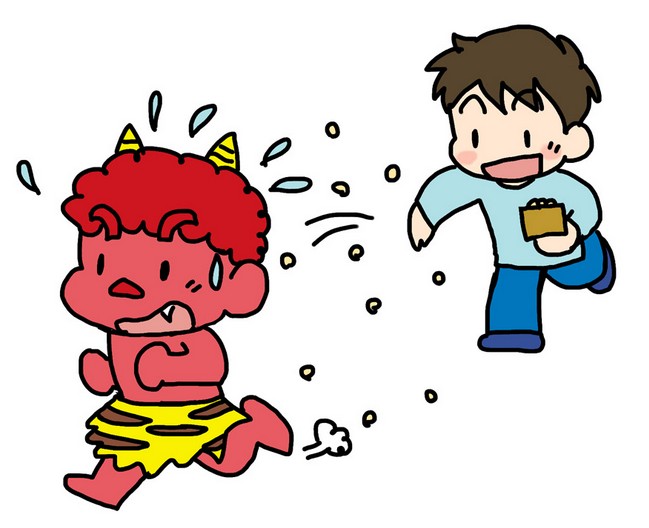Traditional Crafts in Izu
I’ve often lamented that many of the old ways are nowhere to be found in Izu, but I understand why. People have no practical reasons to preserve the past, and few young people have the interest nor the time. That’s why Shuzenji Gami is such a rare and important discovery.

